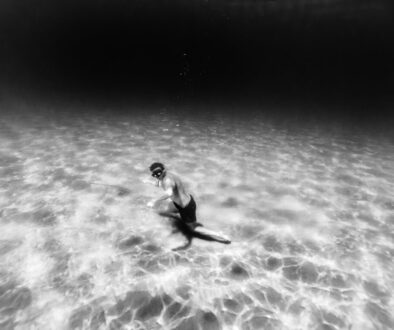Living Rainbows: Exploring the Vibrant World of Nudibranchs
Nudibranchs, often called sea slugs, are one of the most colorful and fascinating creatures in the ocean. Their vivid colors and striking forms captivate divers and marine biologists alike. In this comprehensive blog post, we dive deep into the vibrant world of nudibranchs, exploring their biology, behavior, and the surprising complexity of these seemingly simple sea creatures.
Unveiling the Mystery of Nudibranchs
Nudibranchs belong to the class Gastropoda in the mollusk family, which also includes snails, clams, and octopuses. However, unlike their shelled relatives, nudibranchs lack a visible shell in their adult form. There are more than 3,000 known species of nudibranchs, and they can be found in oceans all over the world, from shallow reefs to deep-sea environments.
Anatomy and Adaptation
Nudibranchs range in size from a few millimeters to over a foot long, though most commonly, they are about the size of a finger. Their bodies are soft and gelatinous, and they have tentacle-like structures called rhinophores on their heads, which they use to sense chemicals in the water and navigate their environment.
The most striking feature of nudibranchs is their incredible range of colors and patterns. These colors can serve multiple purposes: camouflage, warning colors to deter predators by signaling toxicity, and mating displays. Some nudibranchs can also absorb toxins from the prey they eat, incorporating the poisons into their own defenses.
Diet and Predatory Behavior
Nudibranchs are carnivorous and have highly specialized diets. Some species feed exclusively on one type of sponge, coral, or anemone. Others hunt fellow sea slugs, including other nudibranchs. Their method of feeding is also unique; they use a radula, a toothed, ribbon-like structure in their mouths, to scrape or pierce food surfaces.
Reproduction and Lifecycle
Nudibranchs are hermaphrodites, meaning they possess both male and female reproductive organs. Despite this, they cannot self-fertilize and must find a mate to reproduce. After mating, both participants can lay thousands of tiny eggs, which are often deposited in a spiral ribbon. These eggs hatch into free-swimming larvae which eventually settle onto the ocean floor, morph into their adult form, and begin the cycle anew.
Habitat and Distribution
Nudibranchs are found in diverse marine environments from polar regions to the tropics. They are especially abundant in shallow, temperate, and tropical seas. Reef environments are particularly rich in nudibranch species due to the abundance of prey like sponges and corals. Some species are adapted to incredibly specific ecological niches, which can make them sensitive to changes in their environment.
Conservation Issues
While not typically targeted by fisheries, nudibranchs face threats from habitat loss and pollution. Coral reef degradation, a habitat for many nudibranchs, is a significant concern due to climate change, ocean acidification, and human activities such as coastal development and overfishing. Because nudibranchs are so specialized, they can be among the first to suffer when their habitats are damaged.
The Role of Nudibranchs in Marine Research
Nudibranchs are not only a subject of fascination but also of scientific study. Researchers study their regenerative abilities (some can regrow parts of their bodies if damaged) and their unique chemical defenses to understand better how these mechanisms could be replicated or harnessed in medical and technological applications.
Nudibranchs in the Aquarium Trade
While their stunning appearance makes them appealing for the aquarium trade, nudibranchs are notoriously difficult to keep in captivity due to their specialized diets and delicate nature. Aquarists who wish to keep nudibranchs must be prepared to meet these complex care requirements.
Nudibranch Watching: Tips for Divers and Snorkelers
For marine enthusiasts eager to observe these fascinating creatures in their natural habitats, nudibranchs offer a thrilling quest. They are often found on the undersides of rocks, along coral reefs, and within seaweed. Here are some tips for nudibranch spotting:
- Move Slowly: Nudibranchs are small and can be easy to miss if you’re swimming too fast.
- Look Carefully: Pay attention to the substrate; nudibranchs often blend in with their food sources.
- Night Dives: Some species are more active at night, making nighttime dives an excellent opportunity for sightings.
Conclusion
Nudibranchs are much more than just beautiful sea slugs; they are complex creatures that play essential roles in their ecosystems. By understanding more about their lives, we not only gain insights into the vast biodiversity of our oceans but also the intricate connections that sustain marine life


